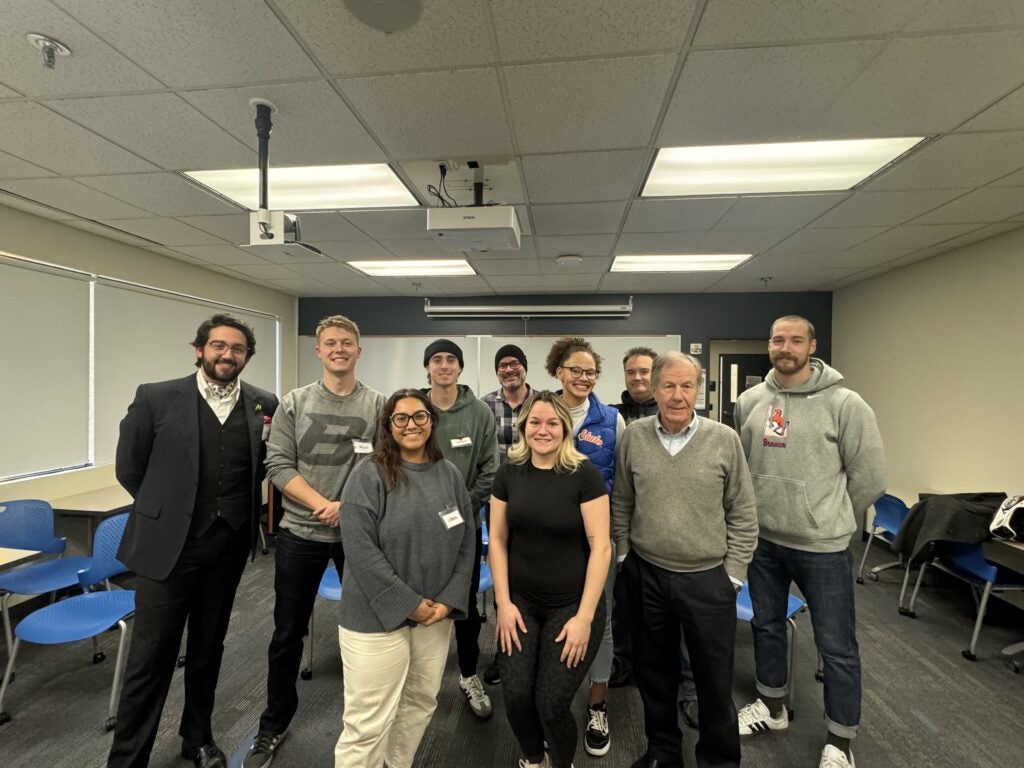
This semester, nine Boise State students took the Disaster Preparedness course taught by School of Public and Population Health Professor Uwe Reischl.
Students spent the semester learning about the function of public health in disaster preparedness planning.
Throughout the course, students planned for their final project — a three-dimensional small-scale cardboard model that if built in reality could serve as a shelter during a natural disaster. The students designed the structures to withstand certain disasters in mind, such as: hurricanes, floods, earthquakes, wildfires and more.
Learn more about each of their experiences in the class:

“Being prepared for everything is important and making sure you have the supplies you need doesn’t come cheap. But you can always be prepared at a small scale, too.” – Aidan O’Connor, Senior
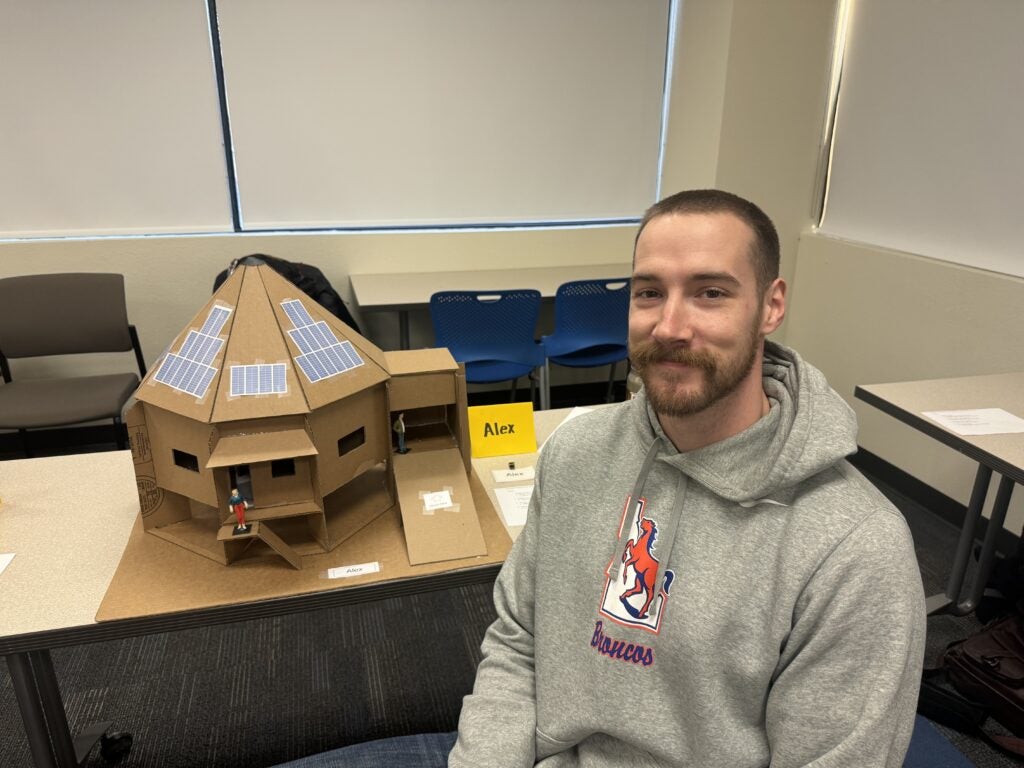
“One of the biggest takeaways from this class for me is that failing to prepare is preparing to fail. Coordination is so important to preparing for disasters because multiple people need to come together to keep a home safe.” – Alex Honn, MPH Student
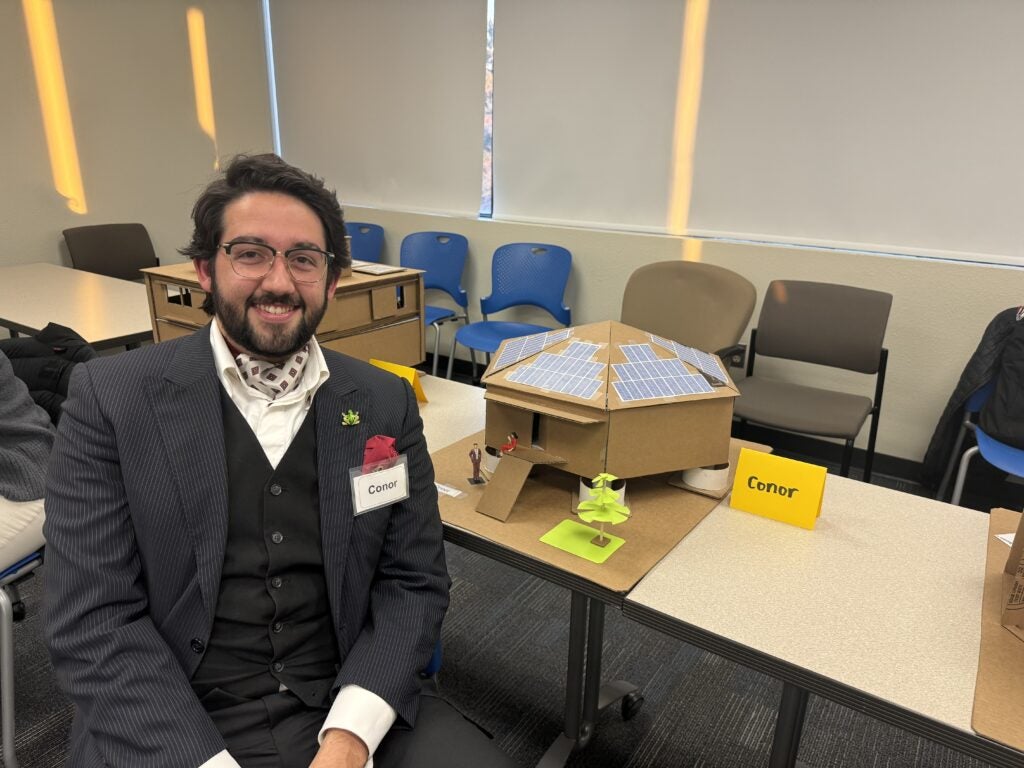
“You can never be too prepared and there is a lot more that goes into disaster preparedness than I think most people realize.” – Conor Neupert, MPH Student
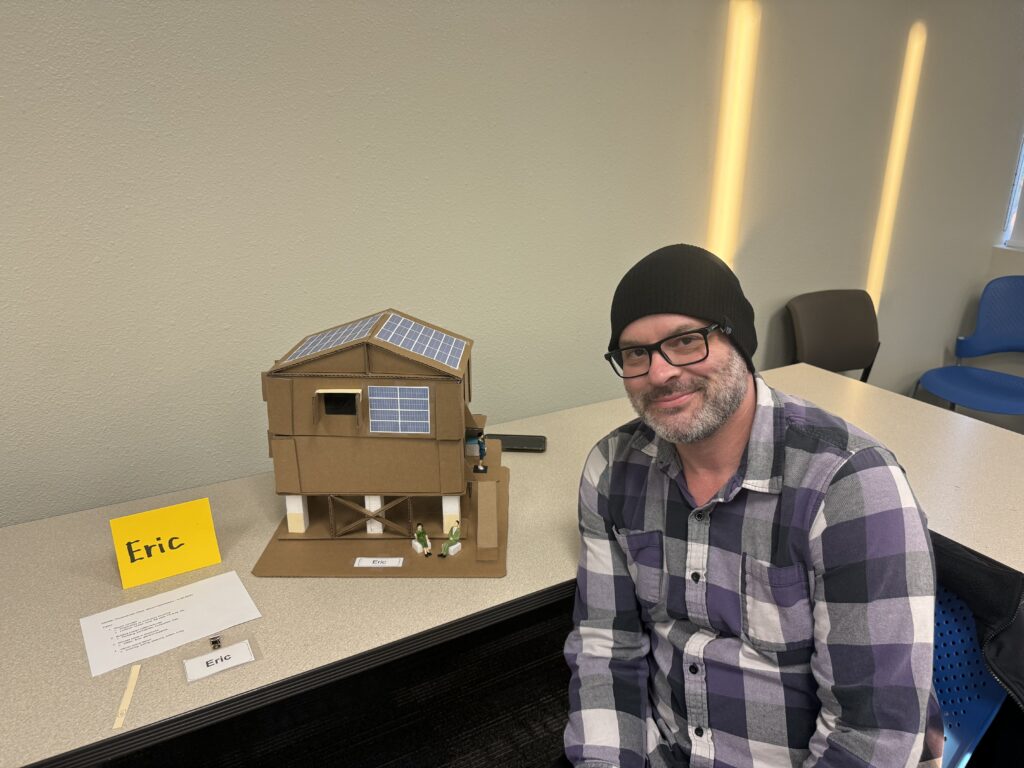
“With climate change, the likelihood of disasters are going to change with intensity and frequency so we should all be prepared. And being part of your community makes it easier to rely on each other and help others be prepared. That connection can help lessen fear and anxiety and you simply just get to help your neighbors.” – Eric Hoover, Senior
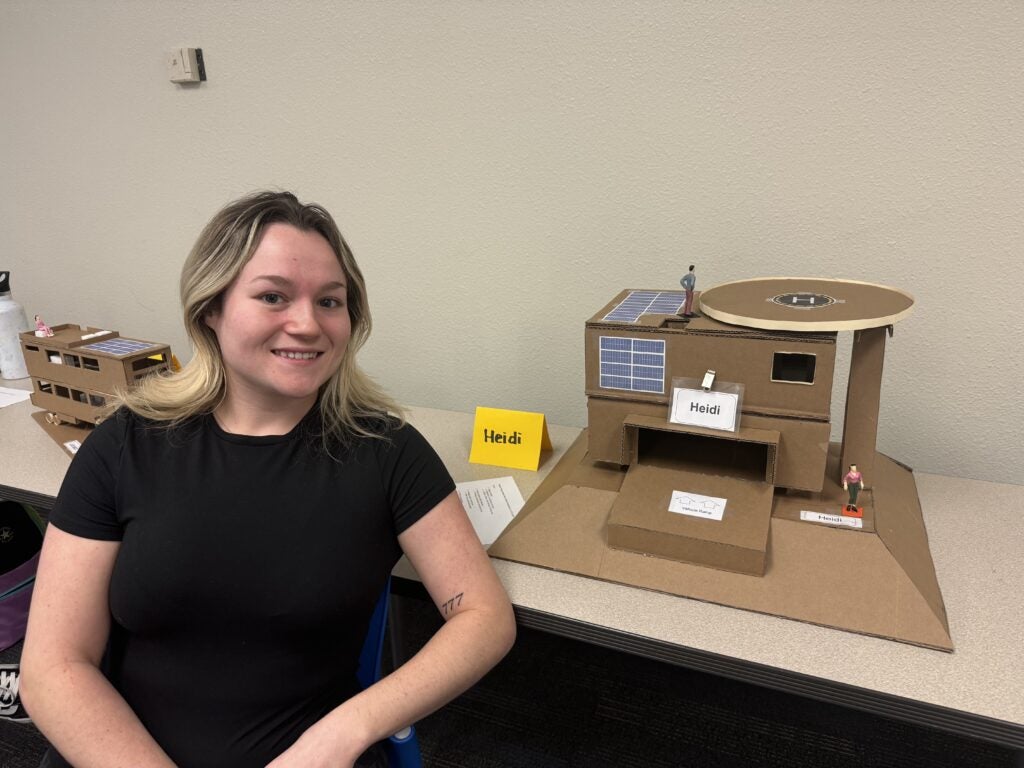
“When you take this class, you really realize how many places are unprepared and how unprepared we are as individuals. Even at age 21 there are ways to be prepared.” – Heidi Jaerger, Senior
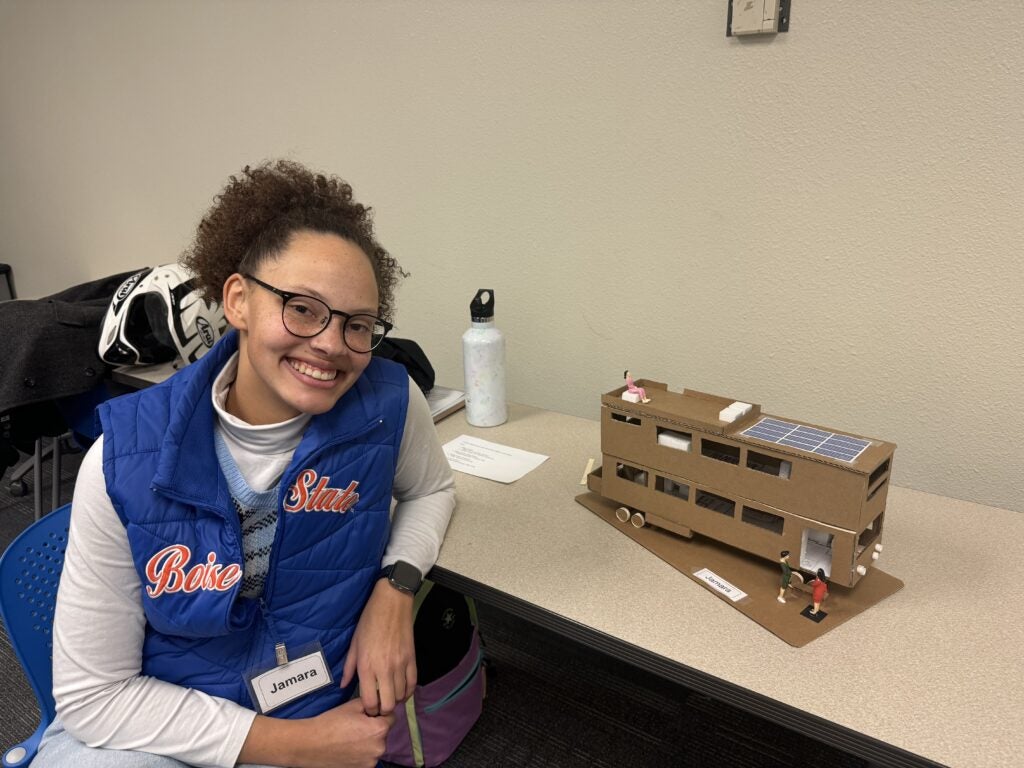
“Just thinking about how many potential disasters there could be was a big takeaway for me. Of course there will always be hurricanes and tornadoes, but there are also personal disasters that we can be prepared for on a smaller scale — a parent dying or losing your job” – Jamara Nettles, Junior
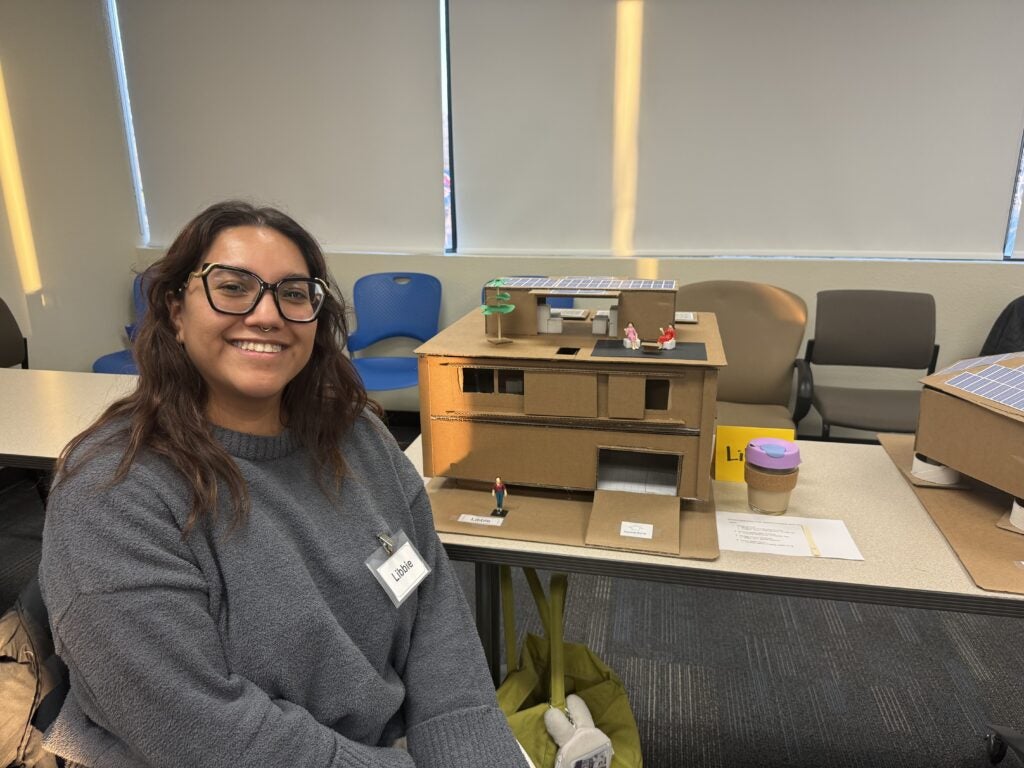
“My biggest takeaway from this class was really how climate change means that we will be seeing more disasters and the best thing you can do is be as prepared as possible and be as connected as much as you can with your community for when a disaster does come about.” – Libbie Luevanos, MPH Student
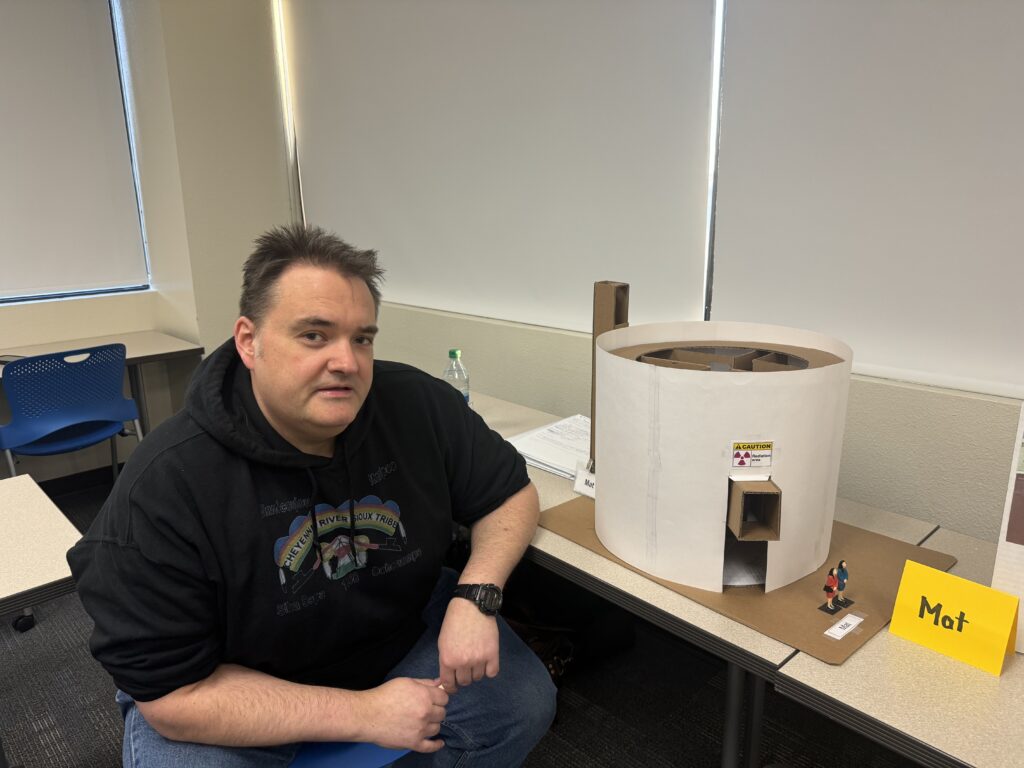
“You can always be prepared for a disaster but you will never be prepared enough.” – Mat Bentley, Senior
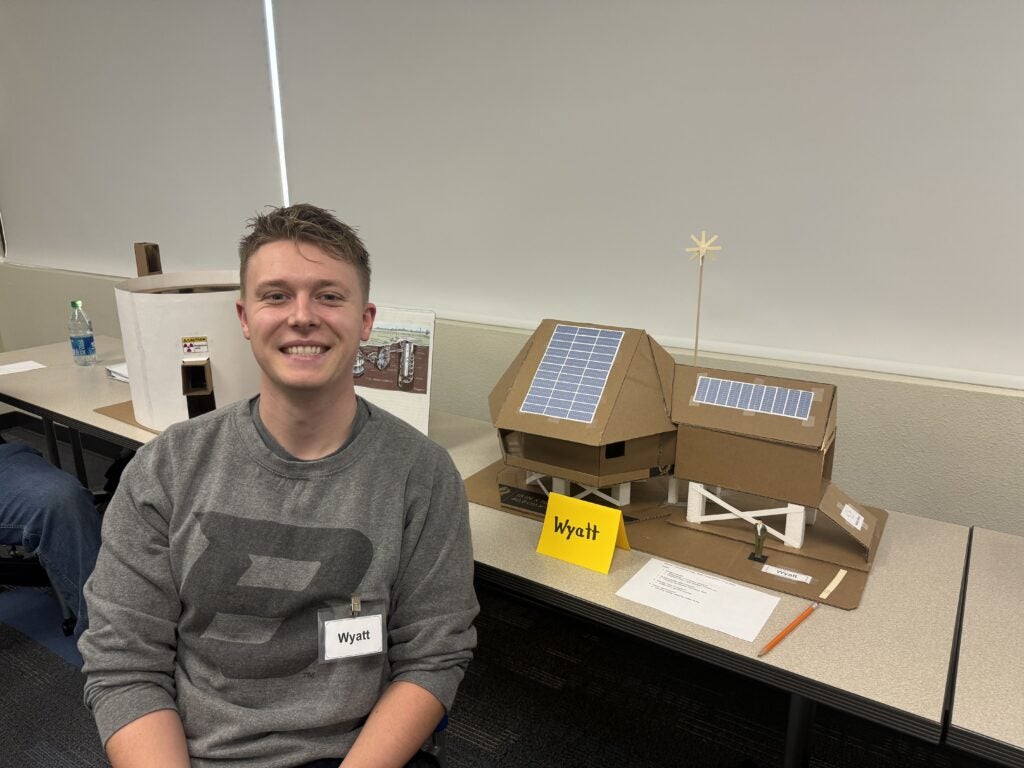
“I really enjoyed planning for a two-week survival kit. I realized that those would be very handy if we were to be in a disaster situation. I also learned about how a lack of preparedness can have such an effect on different groups, especially if they are involved in low-income housing or part of a group that is generally not supported by their community.” – Wyatt Bresko, Senior